As the sun was setting last Sunday, my friend Michelle and I stopped for tea at Cafe 976 before taking a casual stroll on the Pacific Beach Boardwalk. Inside the lushly covered cafe, the teas appropriately rested on shelves behind the u-shape counter, in the back corner of the old renovated-beach house, approximately ten-feet, at eye level, from where I stood.
Having trouble reading the small labels on the tea canisters, Michelle walked closer to the counter to read their selection on a different menu. I proudly stayed in the same spot and boasted over my love for carrots and my impressive eyesight, as I read the tiny labels from afar.
“Earl Gray, Organic Rooibos”…. I got to a word I did not know, “Darjeeling Putabong” — those letters went fuzzy.
Every other word on the shelf was legible.
It did take a small squint to make out, “New Zealand Sunnyslopes”. However, “Darjeeling Putabong” was practically impossible to read. I walked closer to the counter and phonetically sounded it out. Once I captured the word, I was able to return to my original spot and read it with greater ease.
In that moment, I realized: I could not see what I did not know without shifting my perspective.
It seems so simple; yet, the phenomena made me question what else I was missing? My faculties did not fail me, it was my ignorance — I could decipher the word once I got close enough to see it. The experience reminded me to continuously pursue new understanding.
Without a change in perspective, it is quite possible I may miss something. It’s my responsibility to seek clarity.
My reflection inspired the work I do with The Julia Sparkman Agency — anonymous organization-wide assessments of executives and staff for a comprehensive analysis and strategy. As a consultant, I metaphorically walk leaders closer to the counter — I provide a clear, non-biased perspective and actionable recommendations for optimizing.
By function, leaders’ perspectives are different than their subordinates. In some instances, a leader may “rise the ranks” and have a familiarity with the positions they oversee. More so, leaders are disconnected from their subordinates daily responsibilities — unable to fully comprehend their staffs’ organizational experiences and present needs for obtaining optimality.
As my aforementioned experience shows, it’s simple, once you know it, you can see it.
Yet, even the most approachable leaders are often shielded from organizational realities — inhibiting their ability to efficiently guide their teams and execute initiatives properly. For leaders to see clearly, it requires a new perspective and a willingness to pivot and try things differently.

